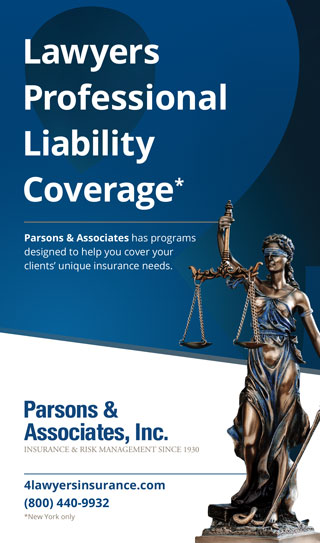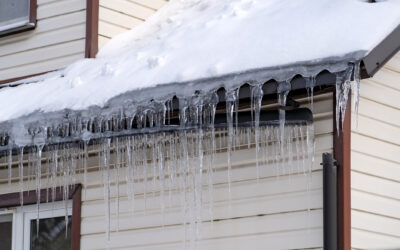In the ever-changing world of home insurance, one question pops up time and time again: “How much coverage do I really need for my home?” It’s a great question—and an important one. That’s why the New Hampshire Insurance Department recently released a bulletin aimed at helping homeowners better understand their insurance options—particularly when it comes to two common settlement types: actual cash value and replacement cost value—here’s a breakdown of their differences.
Note: While the NHID has issued a bulletin about this issue, most of the contents of this article are applicable in all states—exceptions are noted below.
Why it matters
Choosing the right type—and amount—of home insurance coverage is about more than just meeting your mortgage lender’s requirements. It’s about protecting one of your biggest investments, and ensuring you can recover financially after a disaster. It’s important that homeowners are equipped with the knowledge they need to make smart decisions about coverage.
What is actual cash value?
Actual Cash Value = Replacement Cost – Depreciation
In an ACV policy, the insurer looks at what it would cost to replace your home, then subtracts depreciation based on age, condition and wear-and-tear. That means if your home is older or not in pristine shape, you could receive a significantly reduced payout in the event of a claim—even though your premium may have been lower.
Pros: Lower premiums
Cons: Lower claim payouts—especially for older homes
What is replacement cost value?
On the other hand, replacement cost value policies are designed to pay what it actually costs to repair or rebuild your home—with no depreciation factored in—as long as you’re insured to at least 80% of your home’s replacement value.
Here’s how it works:
- You and your insurer determine your home’s RCV when you buy the policy.
- If your home is insured for 80% or more of that value, the insurer pays the full RCV up to your policy limit after a covered loss.
If it’s insured for less than 80%, you get the greater of the ACV or a reduced amount based on the underinsurance.
One important note: After a loss, insurers usually pay claims initially on an ACV basis and then reimburse the remaining RCV amount once repairs or replacement are underway. You’ll need to notify your insurer of your intent to rebuild within 180 days of the loss to receive full benefits.
Pros: Higher claim payouts, better for full recovery after a loss
Cons: Higher premiums, more complex claim process
N.H.: The stated value rule
Here’s a unique New Hampshire twist: under RSA 407:22, if your home is a total loss due to fire or lightning, your insurer is required to pay the full insured amount, no questions asked—even if you choose not to rebuild.
But be careful—this rule only applies to fire and lightning. Other perils (e.g., windstorms or water damage) don’t qualify under the same statute.
Talk to your agent
With so many factors in play—cost, home value, deductible and more—it’s smart to sit down with your insurance agent to walk through your options. No two homes—or homeowners—are the same, so personalized advice can be a game-changer.
To help with the decision-making process, the National Association of Insurance Commissioners offers a handy Homeowners Insurance Shopping Tool.
The bottom line
Understanding the difference between actual cash value and replacement cost value can make a huge difference when disaster strikes.
Take a little time now to review your coverage and talk to your independent agent—if you ever need to use it, you’ll be glad you did.

Bradford J. Lachut, Esq.
Bradford J. Lachut, Esq., joined PIA as government affairs counsel for the Government & Industry Affairs Department in 2012 and then, after a four-month leave, he returned to the association in 2018 as director of government & industry affairs responsible for all legal, government relations and insurance industry liaison programs for the five state associations. Prior to PIA, Brad worked as an attorney for Steven J. Baum PC, in Amherst, and as an associate attorney for the law office of James Morris in Buffalo. He also spent time serving as senior manager of government affairs as the Buffalo Niagara Partnership, a chamber of commerce serving the Buffalo, N.Y., region, his hometown. He received his juris doctorate from Buffalo Law School and his Bachelor of Science degree in Government and Politics from Utica College, Utica, N.Y. Brad is an active Mason and Shriner.






